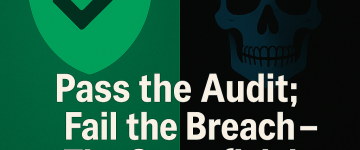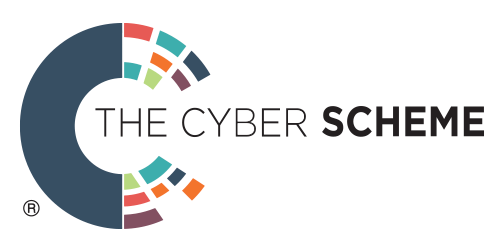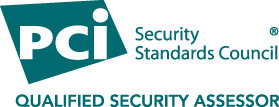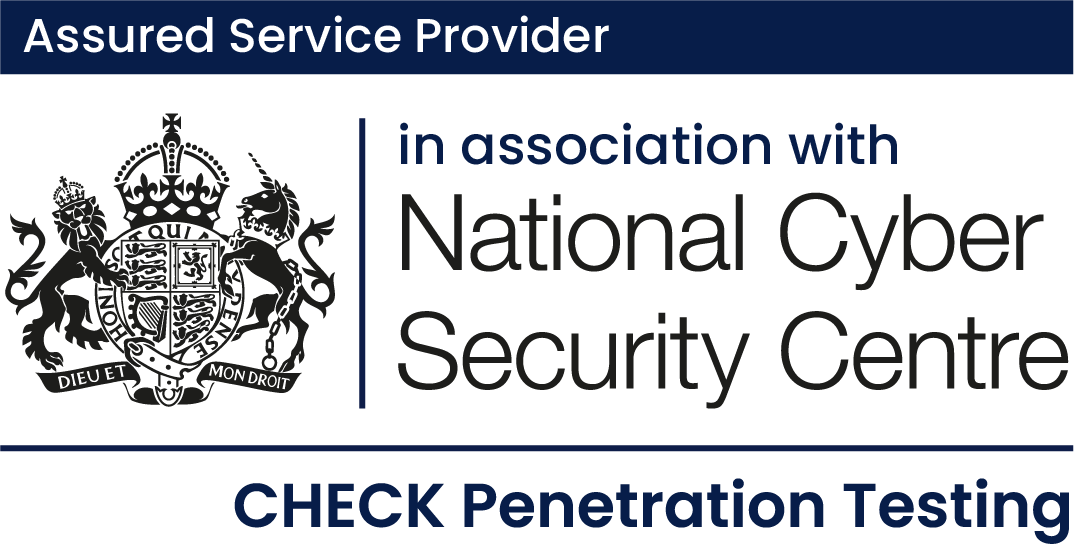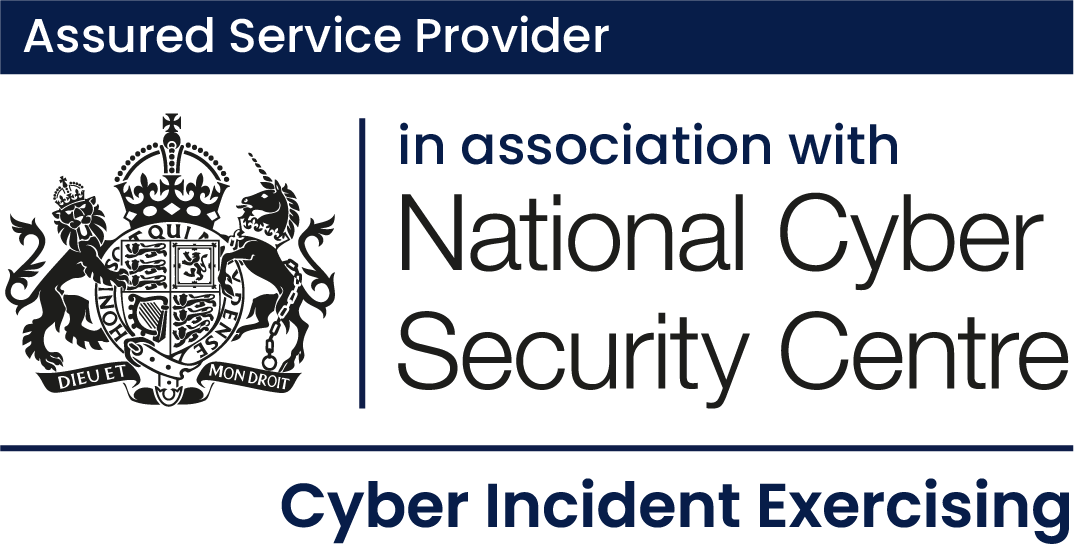Cloud adoption without compromise
Cloud platforms have transformed how global organisations deliver services, manage data and scale operations.
However, whilst flexibility and speed have improved, visibility and control have often decreased.
Many incidents reported to the NCSC over the past year have been linked to cloud misconfiguration or weak access controls, not platform flaws.
The technology is secure, but how it is deployed and managed often is not.
Moving to the cloud does not remove responsibility for security, it changes where that responsibility lies. Each major cloud provider operates under a shared responsibility model. The provider secures the infrastructure, whilst the organisation? They must secure everything it builds or stores within it.
Ultimately, confusion over this boundary is still one of the most common causes of exposure.
To manage this risk, organisations need clarity over three things:
- Who owns which controls? Between the provider, IT and third-party partners.
- What has changed? Configuration drift can open new vulnerabilities overnight.
- How to monitor and respond? Alerts are only useful if someone has the authority to act.
Common weak points in cloud environments
Through regular testing and incident response engagements, Prism Infosec sees several recurring issues that undermine cloud resilience:
- Misconfigured storage, exposing data publicly.
- Excessive permissions granted to users and service accounts.
- Weak identity and access management controls.
- Lack of segregation between environments and tenants.
- Unmonitored third-party integrations and APIs.
These are rarely complex technical flaws. They are simple control gaps that attackers exploit because they are easy to find and slow to fix.
Building control through visibility
Cloud environments change quickly. What was secure last month may not be today.
Achieving resilience depends on continuous visibility and strong configuration management.
Key actions include:
- Reviewing access regularly
Removal of dormant users, enforcing of multi-factor authentication methods and reviewing those user roles in-line with Principle of least privilege. - Monitor configurations continuously
Use tools that alert when storage, access or network settings deviate from policy. - Segment environments
Separate production, test and development workloads to limit impact if something goes wrong. - Track third-party activity
Review integrations and vendor access to cloud assets. - Simulate breaches
Red Team exercises, such as those provided by Prism Infosec, can focus on cloud environments in order to identify real-world weaknesses that configuration checks might miss.
Governance and assurance in the cloud
Boards and security leaders must maintain confidence that their cloud strategy aligns with business risk appetite
That requires assurance, knowing that controls are effective, responsibilities are clear and incidents can be managed quickly.
Luxis AI enables continuous oversight by tracking vulnerabilities, test results and remediation across hybrid and cloud systems.
This provides a live, accurate view of security posture that supports decision-making at both technical and executive levels.
Resilience through visibility and control
But ultimately, moving to the cloud does not reduce security responsibility… It increases the need for visibility, coordination and shared accountability.
A secure cloud environment is one that is tested, monitored and governed continuously, not reviewed once a year.
With the right controls in place, organisations can enjoy the full benefits of the cloud with confidence that critical data and services remain protected.
Secure your cloud with confidence.
Prism Infosec’s consultants specialise in assessing and improving cloud environments across Microsoft Azure, AWS and Google Cloud.
Through targeted reviews, configuration testing and continuous visibility via Luxis AI, we help you strengthen control, reduce risk and maintain assurance across every layer of your cloud operations.









